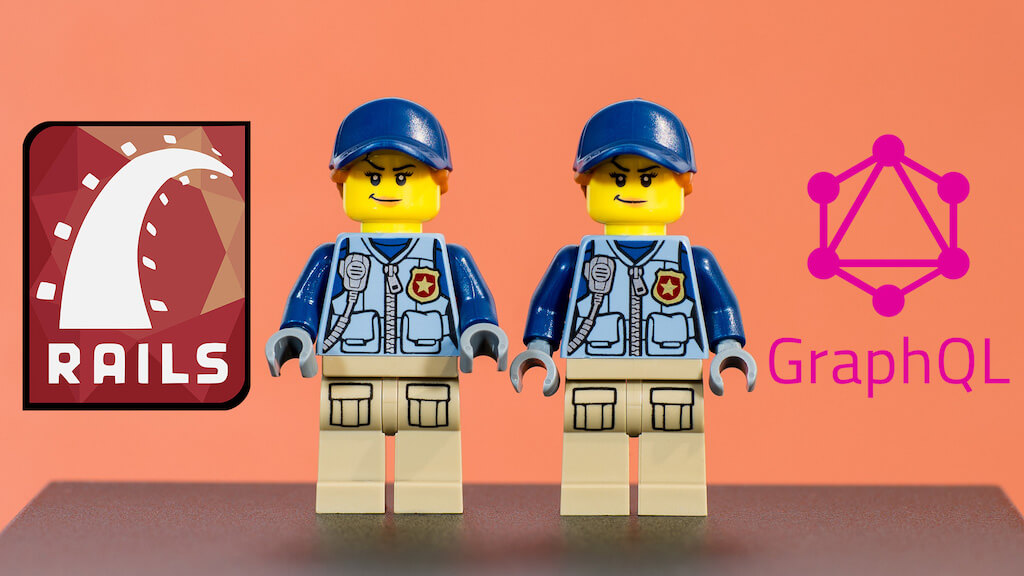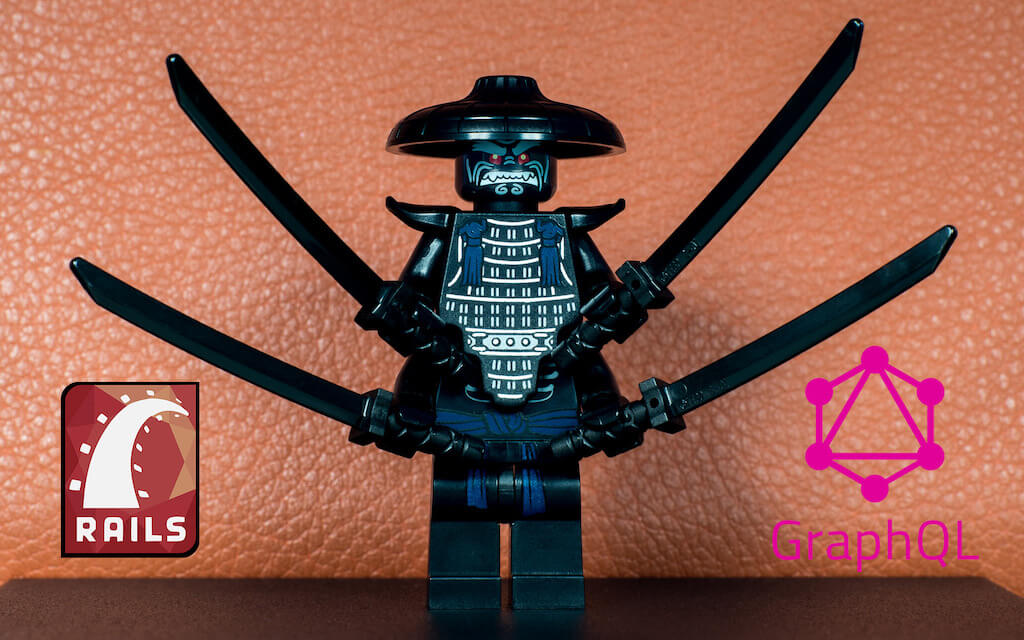
All You Need To Know About Back-End Development
What is back-end development? What are back-end languages? How to hire a back-end developer? Learn everything you need to know in this post.
Read our Ror articles on Selleo Blog


ruby on rails
Using Ruby on Rails could be what you need to take your web app to the next level so stay tuned as we find out how to find and hire Ruby on Rails programmers.
Read more

What is back-end development? What are back-end languages? How to hire a back-end developer? Learn everything you need to know in this post.

Wondering how to choose a Ruby on Rails development company? Read the post to find out how to successfully outsource your RoR project.

In this article, I will blend the technical aspects of designing SaaS using the Ruby on Rails framework to prove it is a perfect choice for your project.

You might be surprised that even though it is over 15 years old Ruby is not slowing down and still has a great group of supporters and newcomers

In the last article we added a few GraphQL mutations to our test application. It is time to create automated tests for each of them. But first things first, we need to set up `RSpec` in order to write better specs.

The Ruby on Rails framework is powerful in many ways. One of its strong points is that Ruby on Rails is being shipped with ActiveRecord - an Object Relational Mapping system. ActiveRecord comes up with its own DSL, which lets you write Ruby code, which in turn is translated to SQL, allowing you to use database native features, including “locking”.

This guide will show you how to upgrade to Rails 6. We'll cover the upgrade process in general and provide helpful tips to make your upgrade as smooth as possible.

Today we are going to add specs (again, we will focus only on the happy paths) for GraphQL queries. But there is one thing about the current implementation of the queries that I don’t like. We have everything defined in one file: `app/graphql/types/query_type.rb`

In this article, I would like to focus on adding GraphQL mutations. We will be working on the test application we created previously in this article. It might be helpful for you to know the structure, models, and types we are using so I encourage you to take a look.

Naming things in programming may not be hard (a matter of imagination), but it is definitely hard to do it right. Also, it turns out to be very unclear what “right” means in each and every context. It doesn’t change the fact that in 8 out of 10 PRs I review, I provide a feedback related to naming, be it naming of classes, methods, fields, variables… you name it







